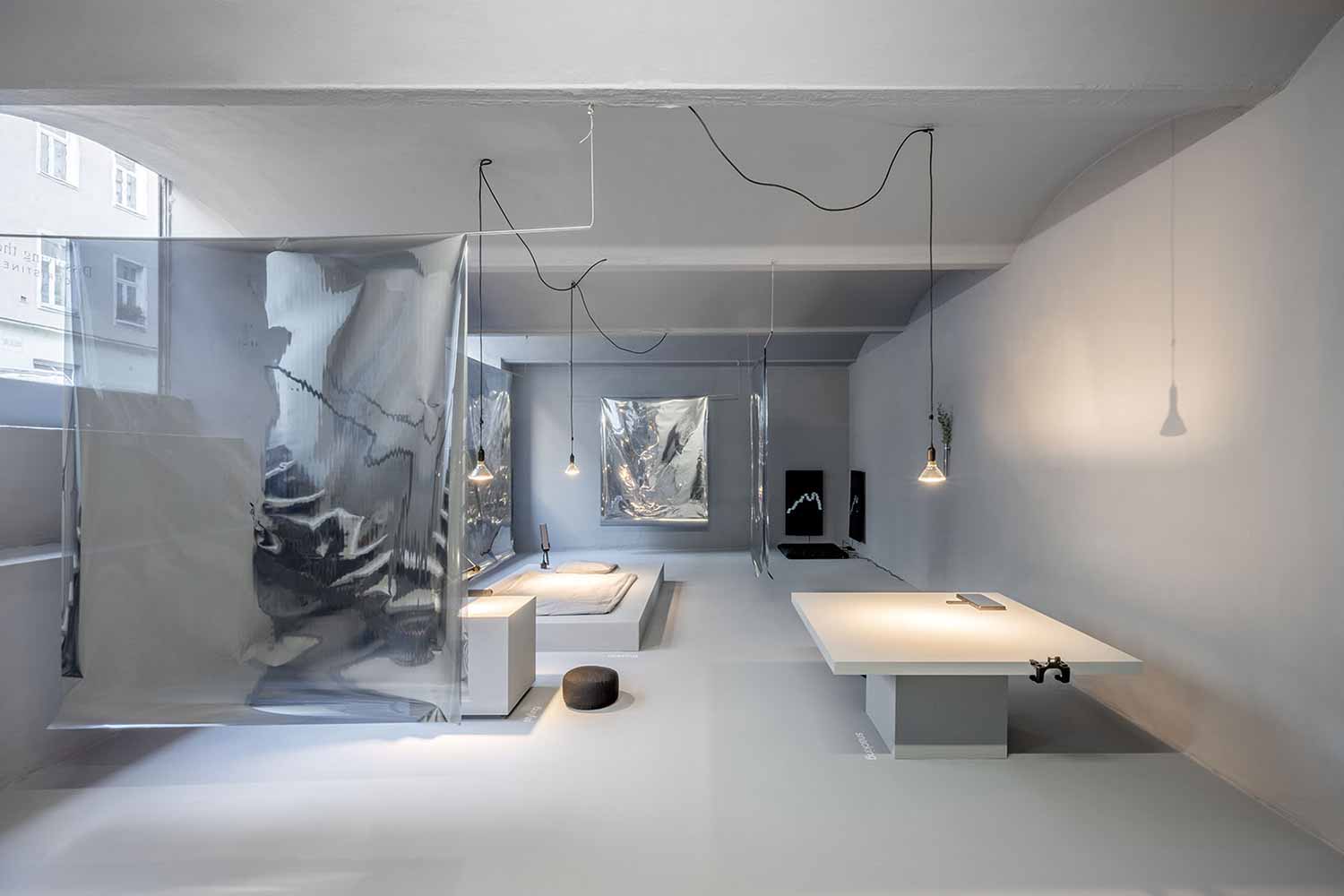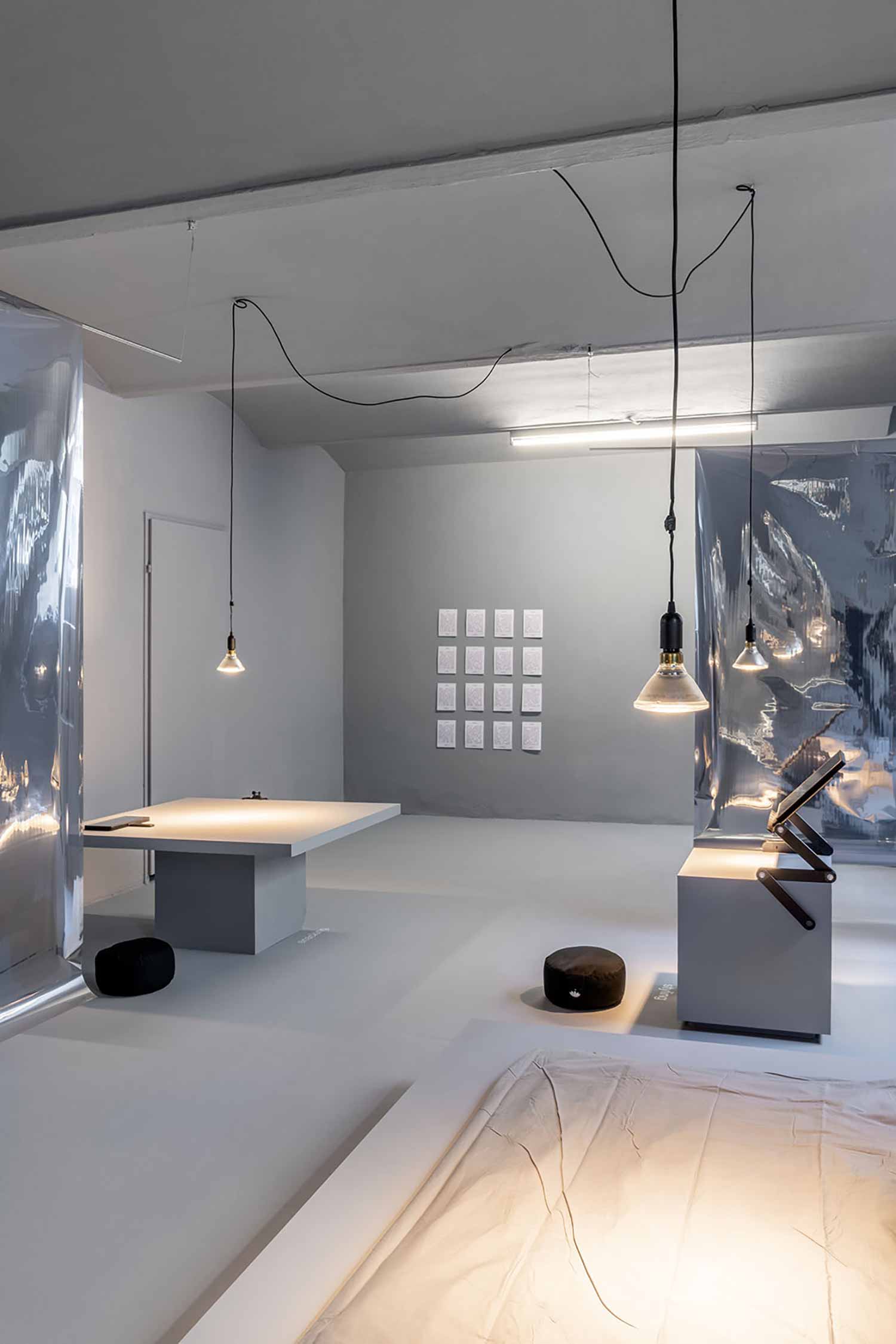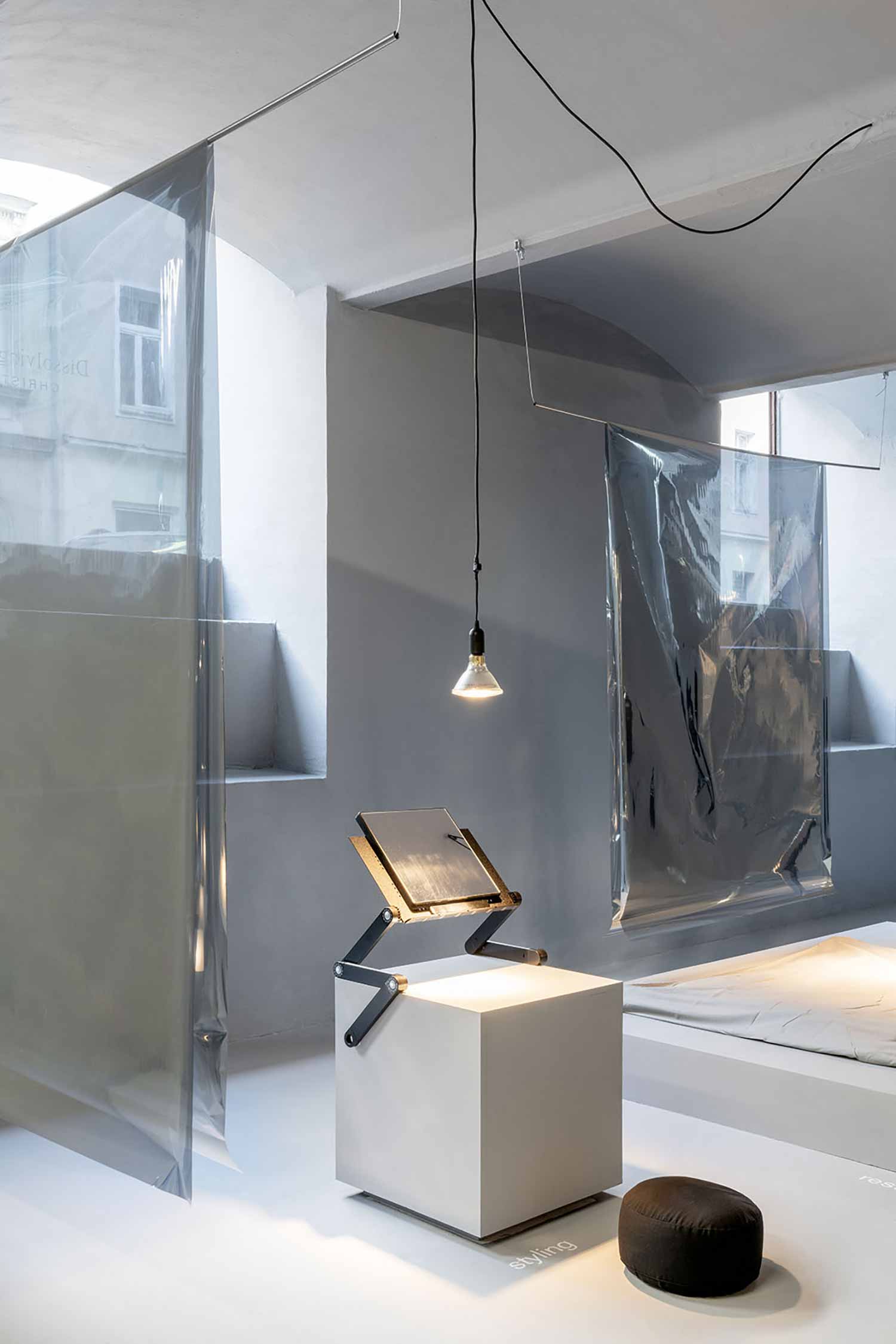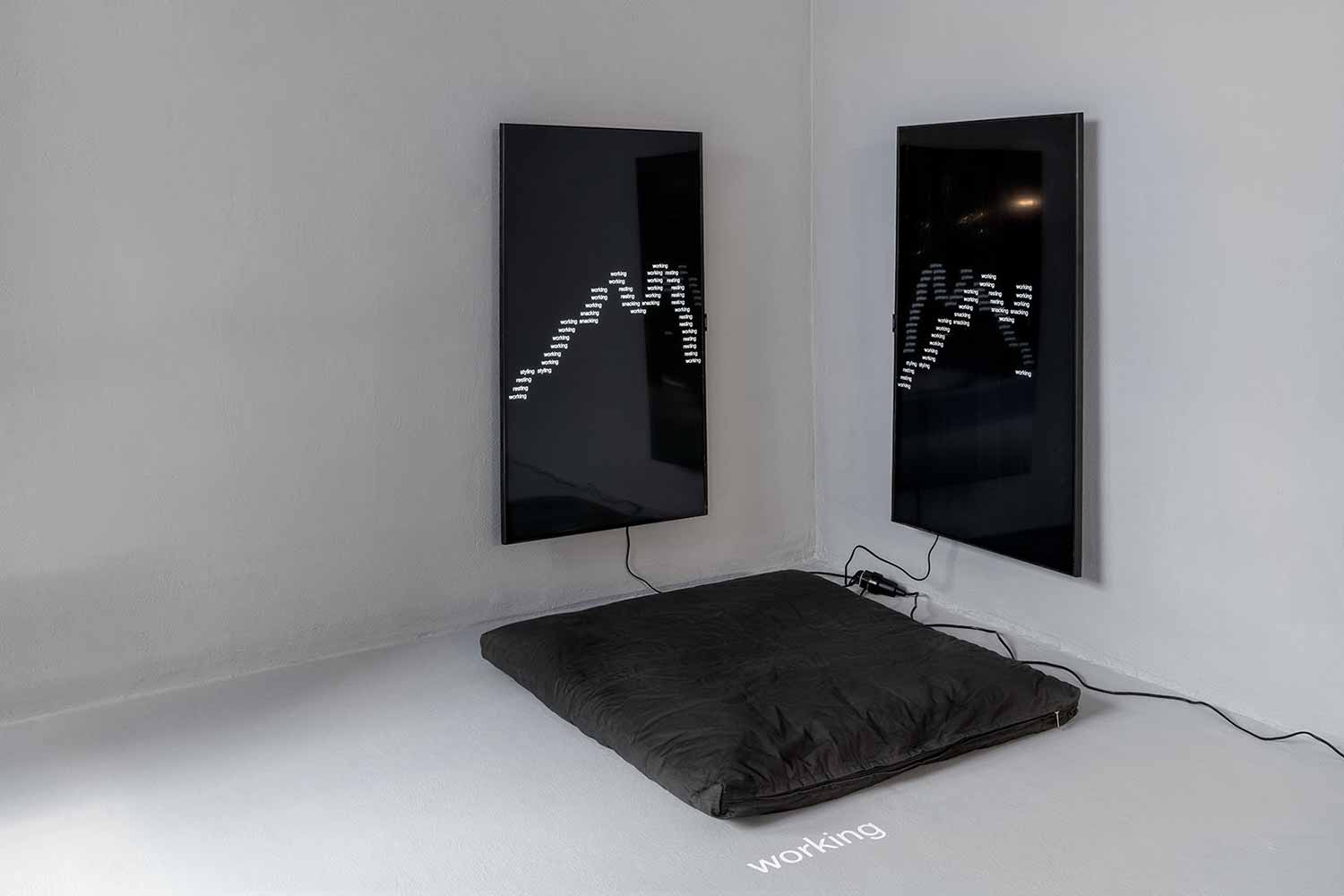- Login
Critical Spatial Practice






‘Connected to the history of capitalism, there are histories to be found that provide evidence of critique, resistance, counteracting, experimentation with alternatives, and lived realities of diverse economies.’
Angelika Fitz and Elke Krasny, eds, Critical Care: Architecture and Urbanism for a Broken Planet (MIT Press, 2019)
The domestic is often seen as a place of privacy, enclosure, and constancy – yet it is being disrupted and transformed by the both invisible and visible layers that are added through global connectivity and disproportional access to a private and safe realm. This digitalisation of domesticity is rapidly challenging the physical framework of the dwelling as it increasingly expands the outline of the home beyond its built space – producing a constant roaming through spatial temporalities.
Flows of technological data, information, and markets are repeatedly being introduced into the private realm – changing how it is possible to navigate both the interior and exterior. Online is a space of privilege; it holds excessive spaces where unequal value systems thrive while perpetuating unpaid domestic labour. Meanwhile, the digitalised dwelling also has the potential to unleash new ways of creating alternative actions of exchange, furthering modes of potential for gendered and financial equity.
Dissolving the Dwelling seeks to explore transitional spaces in-between the private and the public, the virtual and the physical, the official and the unofficial – all within the intangible notion of what a private realm might be. Through built reflections on spaces and objects, the exhibition constructs a series of incomplete zones dissolving the dwelling into the city.
Christine Bjerke is an architect and educator based in Copenhagen, Denmark. She graduated with M.Arch from The Bartlett School of Architecture, University College London.
She is co-founder of the international think tank In-Between Economies and in 2020 she founded Christine Bjerke Studio. Her interests focus on the intersections of the built environment, domesticity, labour, economic development, technology, design, and architecture.
She is currently teaching on the Urbanism & Societal Change Masters Programme at The Royal Danish Academy – Architecture, Design, Conservation. She is a frequent writer on architecture and design with contributions to MacGuffin, ED, Archinect, among others. She is also the initiator and editor of the longterm research and design project The FX Beauties.
christine.bjerke@gmail.com
In Christine’s practice, she aims to investigate a spatial approach through writing and designing which addresses larger societal changes such as changing value systems, the digitalisation of labour, and how the domestic is being redefined. Key to her practice is an exploration into how to bring in more perspectives, while at the same time, retaining awareness of one’s own blind spots.
bell hooks, Feminist Theory: From Margin to Center (New York: Routledge, 2015.)
Louise Bourgeois, Cell (Eyes and Mirrors) (1989–93).
Toyo Ito, Pao I & Pao II (1985 and 1989).



































































